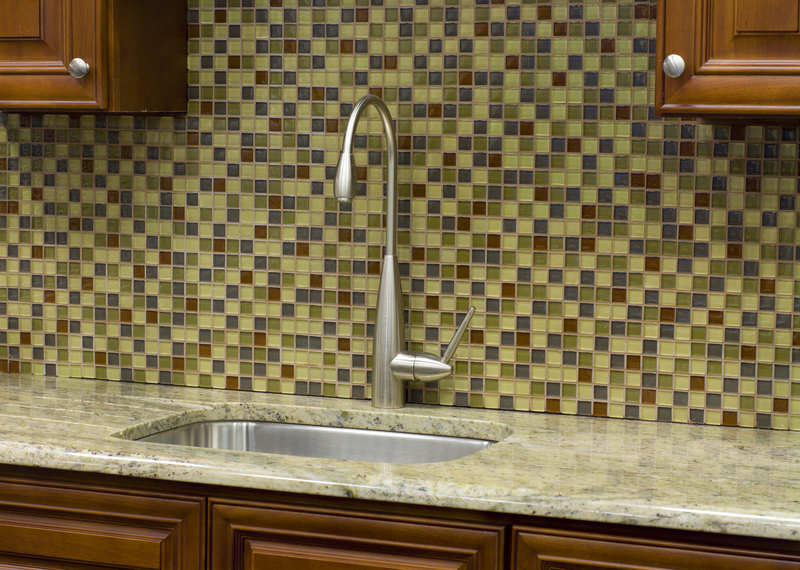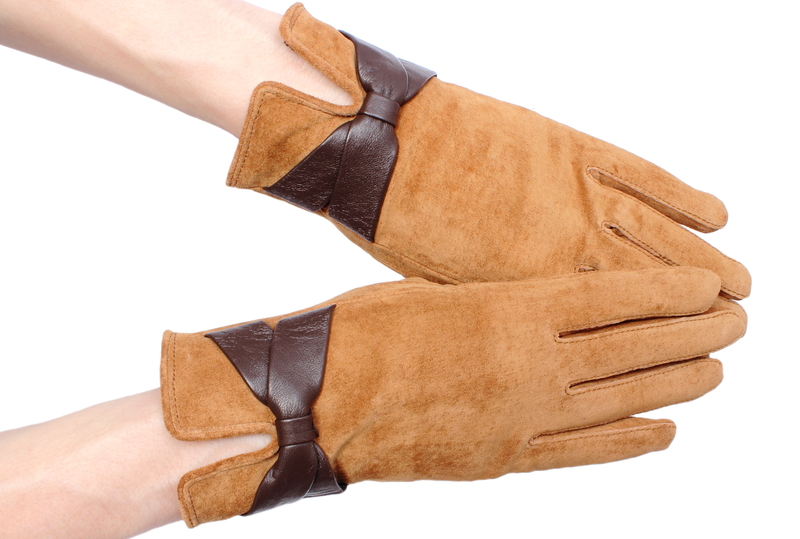Steps to Clean Grease from Your Fabrics
Posted on 13/10/2024
Cleaning grease from fabrics can be a daunting task, but with the right approach, it is entirely manageable. This article will provide a comprehensive guide to effectively treat and remove grease stains from various types of fabrics.
Identifying the Type of Fabric
Before attempting any cleaning process, it's essential to identify the type of fabric you're dealing with. Different materials respond differently to cleaning solutions and methods.
- Cotton: Most resilient and usually can handle more rigorous cleaning.
- Silk: Delicate, often requires gentle handling.
- Wool: Should be handled with care to avoid shrinking or damage.
- Synthetic Fabrics: Polyester, nylon, etc., may require specific detergents.

Gathering Your Cleaning Supplies
To effectively clean grease stains, you'll need the following tools and materials:
- Blotting paper or unused cloth
- Baking soda or cornstarch
- Dish soap
- Soft-bristled brush
- White vinegar (optional)
- Stain remover
- Washing machine or basin for manual cleaning
- Cold water
Step-by-Step Guide to Remove Grease Stains
1. Blot the Excess Grease
Start by blotting the stained area with a paper towel or unused cloth to absorb as much grease as possible. Avoid rubbing as it can spread the stain.
2. Sprinkle Absorbent Powder
Sprinkle a generous amount of baking soda or cornstarch over the oil stain. These powders are excellent at absorbing grease. Let it sit for about 15-20 minutes. For severe stains, you may need to leave it longer.
3. Brush Off the Excess Powder
After letting the powder absorb the grease, gently brush it off using a soft-bristled brush. Be careful while doing this to avoid damaging the fabric.
4. Apply Dish Soap
Apply a small amount of dish soap directly onto the stain. Dish soap is effective at breaking down grease. Gently work the soap into the stain using your fingers or a soft brush.
5. Rinse with Cold Water
Rinse the fabric under cold running water from the back of the stain to push it out. This helps in flushing out the loosened grease particles.
6. Launder as Usual
After treating the stain, launder the fabric as per the care instructions. Ensure you use cold water as hot water can set the stain.
7. Check Before Drying
After washing, check the stained area before drying. If the stain persists, repeat the cleaning process as heat from the dryer can set the stain permanently.
Additional Tips
- Act Quickly: The sooner you tackle the stain, the easier it is to remove.
- Test Cleaning Agents: Always test any cleaning solution on a small, inconspicuous part of the fabric to ensure it doesn't cause damage or discoloration.
- Avoid Heat: Both in water and drying, as heat can set grease stains.
Pros and Cons
Pros
- Effective Removal: Using the right steps ensures effective grease removal.
- Minimal Tools Required: Most tools and materials are commonly found at home.
- Prevent Fabric Damage: Following correct steps can prevent fabric damage.
Cons
- Time-Consuming: The process can take some time, especially for severe stains.
- Risk of Setting Stains: If not addressed properly, grease stains can become permanent.
- Fabric Sensitivity: Delicate fabrics require extra care and specific methods.

Conclusion
Removing grease stains from fabrics might seem challenging, but following these steps can simplify the process. By acting quickly and using the right materials, you can ensure that your fabrics are restored to their original condition without any permanent damage. Always remember to approach each type of fabric with the care it requires and avoid setting stains with heat.
Takeaways
- Identify the fabric type before cleaning.
- Quick action increases chances of stain removal.
- Use household items like baking soda and dish soap.
- Handle delicate fabrics with extra care.
- Avoid heat until the stain is completely removed.
By adhering to these guidelines, you'll be well-equipped to tackle grease stains effectively and keep your fabrics looking fresh and clean.









